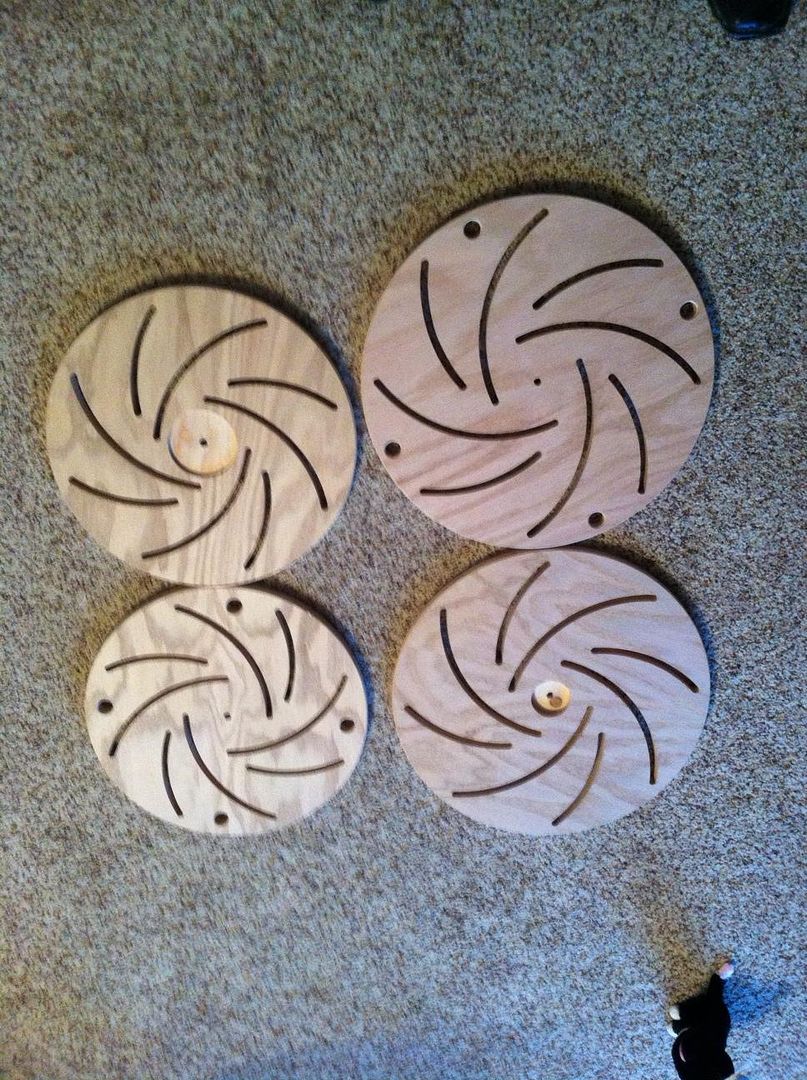Earlier this year, I decided to take up bowl turning.
Now about 150 bowls later, I began looking for an easier way to finish turn the bottom of the bowl. I am not a big fan of leaving tenon as a base, or leaving the screw holes in the bottom of the bowl from faceplate mounting. I also did not like taking the time to make jam chucks, and all of the commercially available solutions to finishing off the bottom of a bowl are WAY overpriced.
After some internet searching, I saw a few designs for a device called a Longworth Chuck, and decided it would be easy enough to whip one up without spending much money. The chuck consists of two discs that rotate against each other, self center the bowl on a series of opposing arcs, and allow for quick clamping the work piece.
I documented the build process in case anyone else wants to take a swing at making one of these. I didn't detail every step, since there are plenty of other writeups on the internet for building one of these guys.
First up, I used my band saw to cut two 20" diameter discs out of some scrap 1/2" MDF core material, and bolted them together through the center. Then I laid out a few holes for starting and stopping points on my pin router:
I used a compass to lay out each arc, and drilled some alignment holes on my drill press:
At the center point of each arc, I drilled an alignment hole to act as a pivot point to route the arcs.
All of the internet plans I saw for these used a hand router with a trammel base to cut the arcs. I fortunately have an easier method. Here is an overall shot of my pin router setup:
And now with all of the arcs routed to full depth. I made two passes to ease the material removal process:
From there, I had to get some rubber stoppers to use for clamping the bowl to the chuck. I bored a through hole for a 1/4-20 bolt on my drill press. To center the hole, I drilled a 5/8" hole in a scrap piece of wood, and then jammed the stopper in the hole to perfectly center it for drilling:
In this pic, you can see the whole chuck assembled. After it was routed, I flipped one of the discs over,and aligned them on center using a bolt. I then used a 1/4-20 bolt with some wing nuts and washers to mate with the rubber stopper and act as a means for clamping the workpiece.
I still have a serious shortage of faceplates that fit my lathe, so I deceided to use a piece of 1" thick HDPE plastic to clamp the Longworth chuck in my 4 jaw scroll chuck. The dense plastic is affixed to the back plate of my chuck via bolts, and is turned round to match the dovetail profile of my chuck jaws.
Here is an osage bowl that I turned the tenon off of, and added some decorative V-grooves to the base:
It turned out that the rubber stoppers would mar my bowls, so I ended up adding some masking tape around them to solve the issue:
And a boxelder bowl ready for tenon removal:
The chuck has the capacity to hold an 18.75" bowl . I plan to make a smaller version of this chuck around 14" in diameter to work smaller bowls. Even though I can turn 20" bowls on my lathe, the reality is that I normally don't. Bowls that size are hard to market, and are not as much fun to turn. Also on the size topic, I feel safe running this chuck at no more that 600 rpm. It is great at that speed to take light finishing cuts with a bowl gouge to remove any evidence of how the bowl was held.
Thanks for reading.
Kyle VanMeter



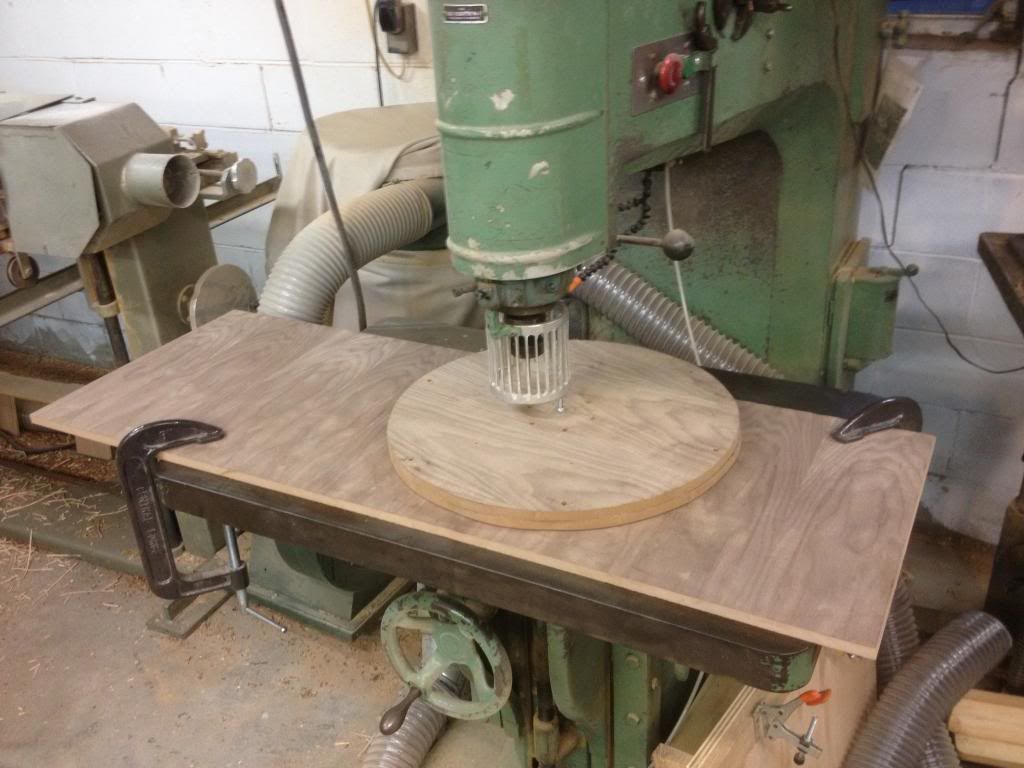
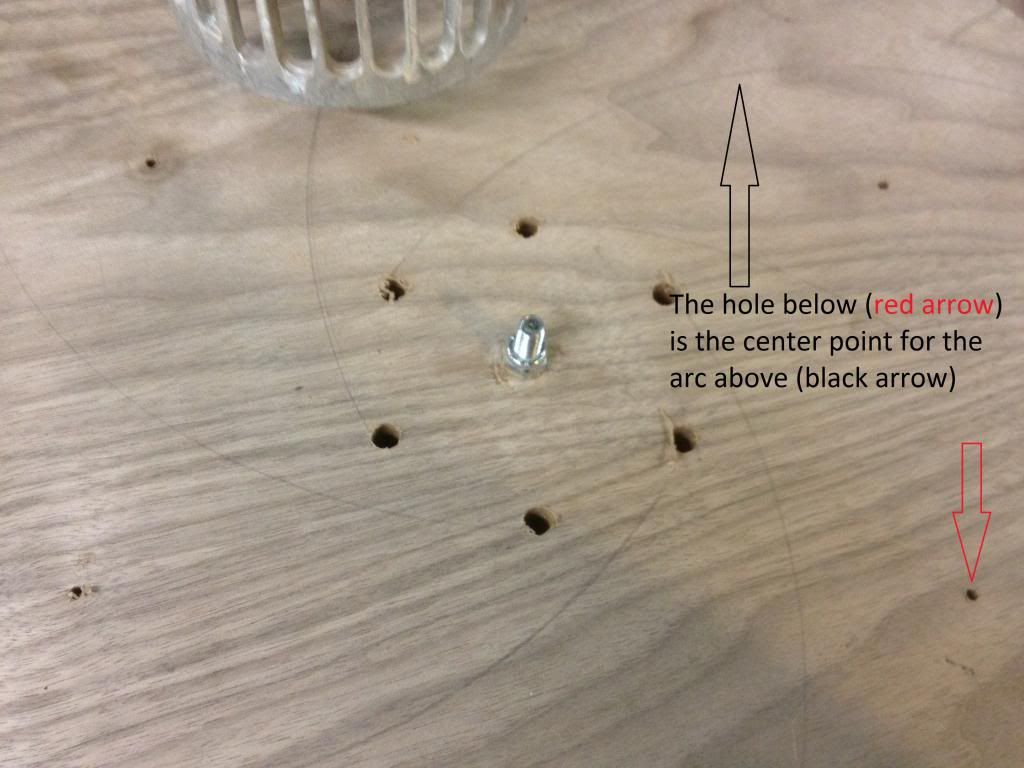
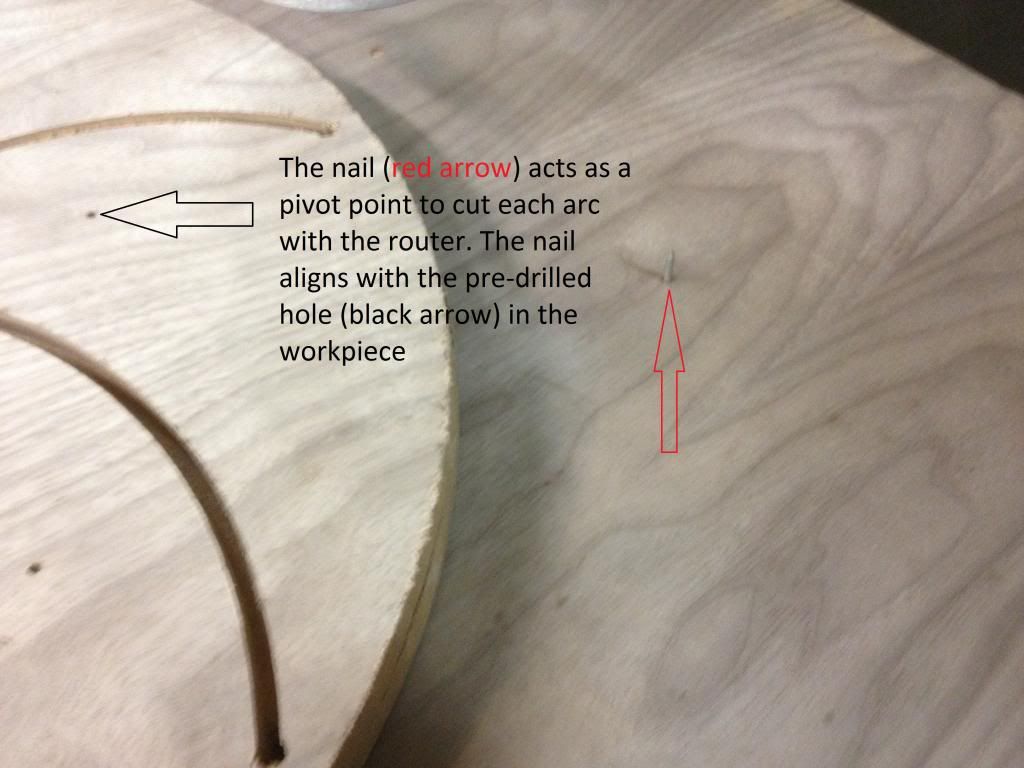
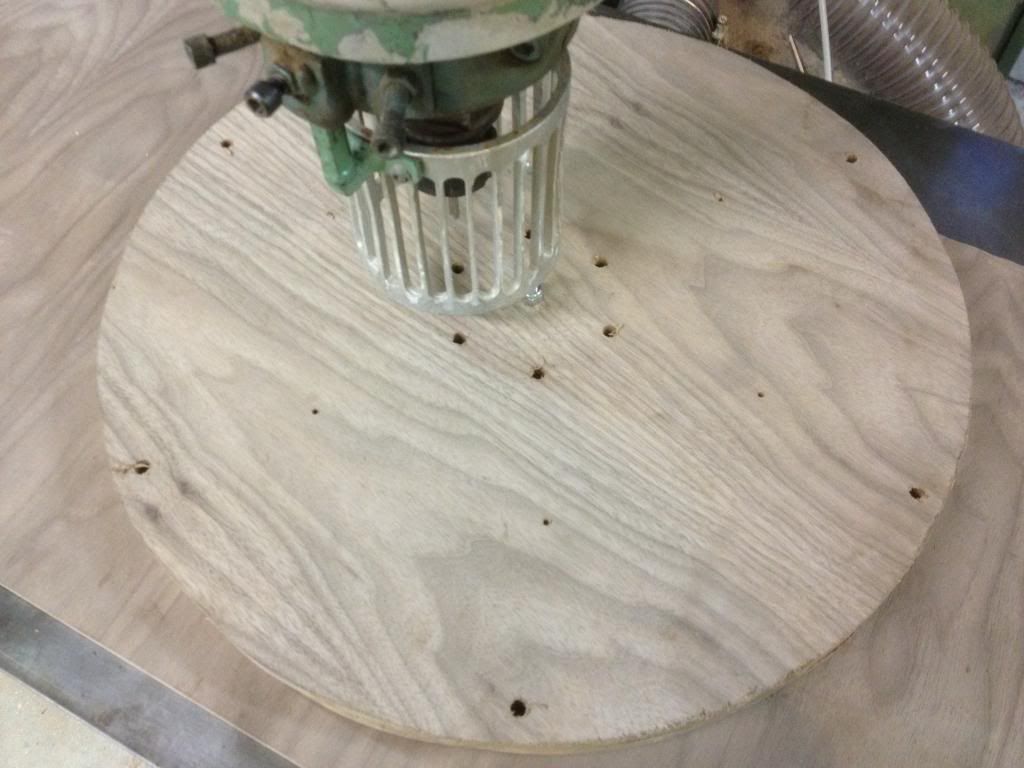
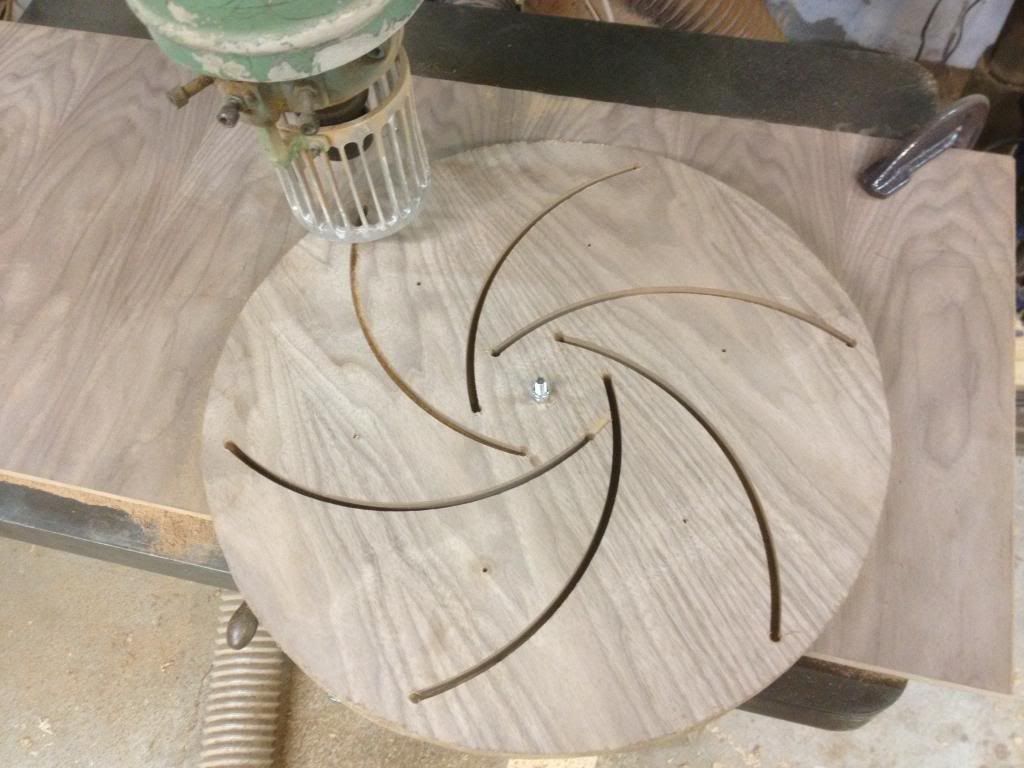
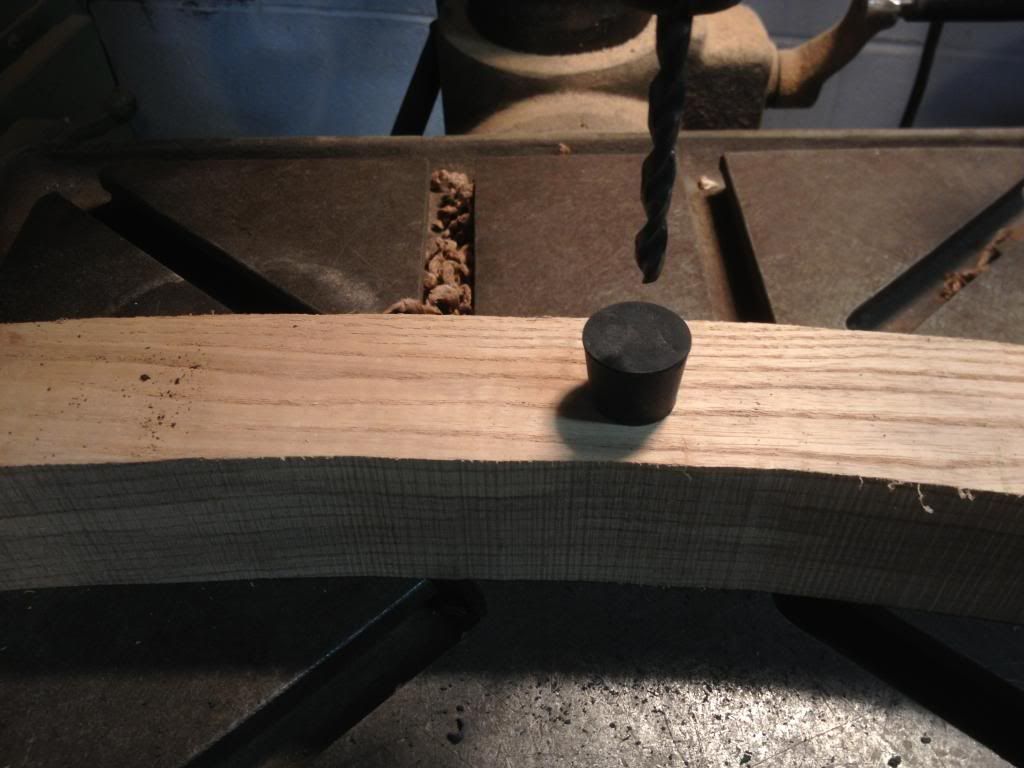
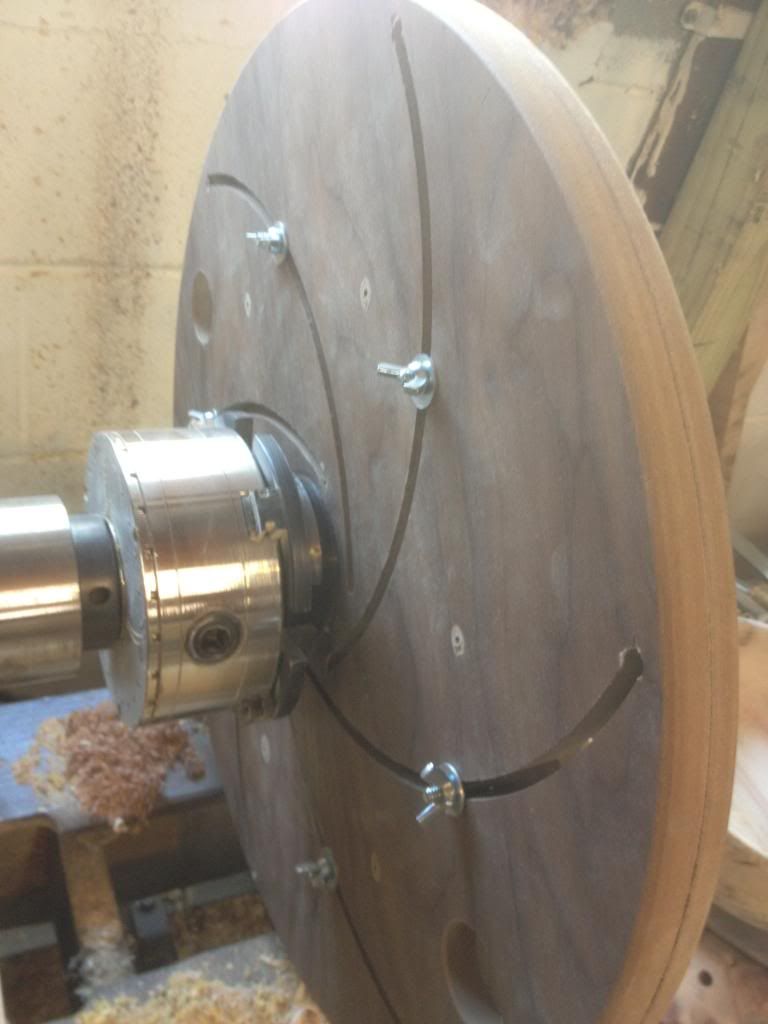
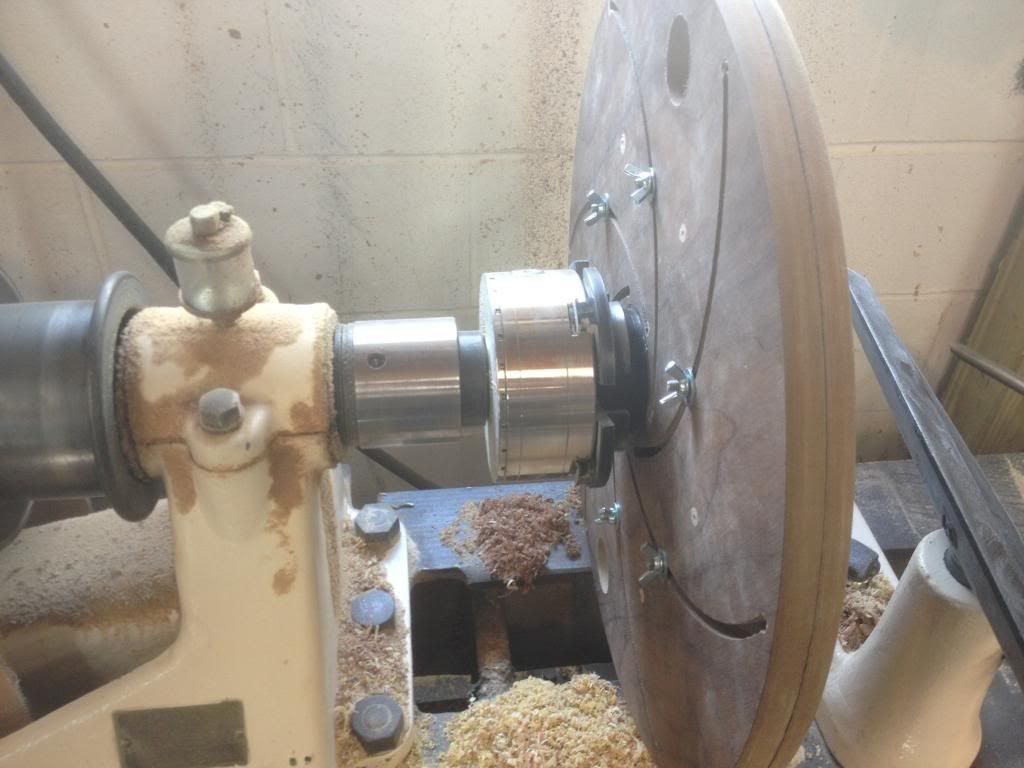
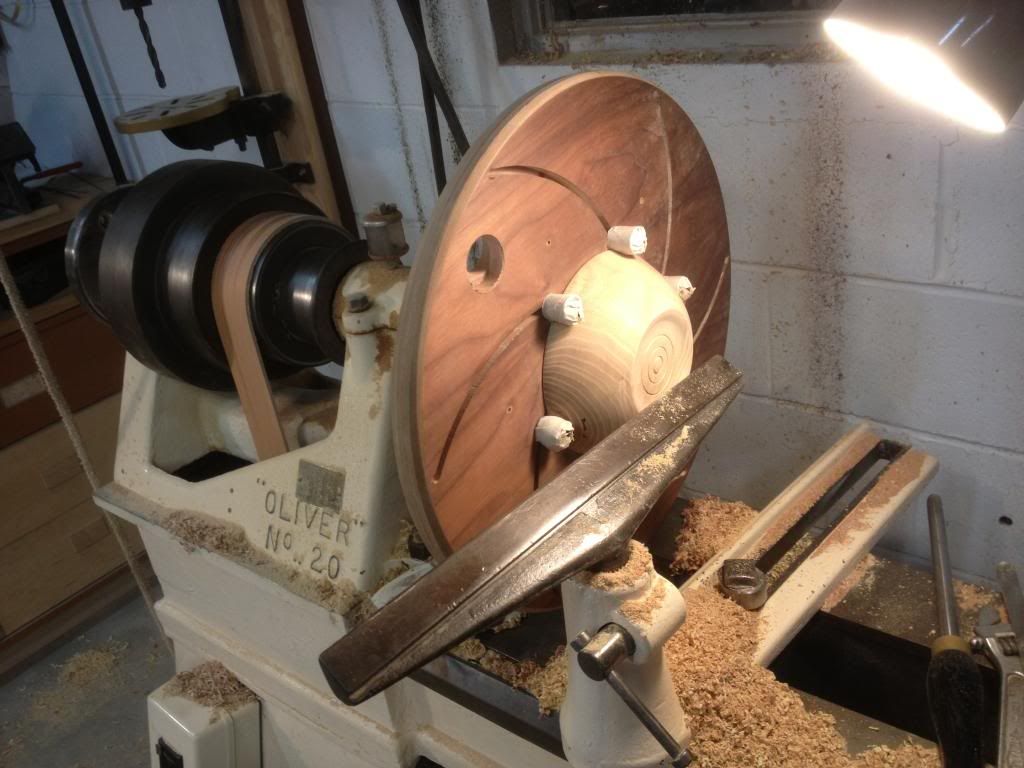
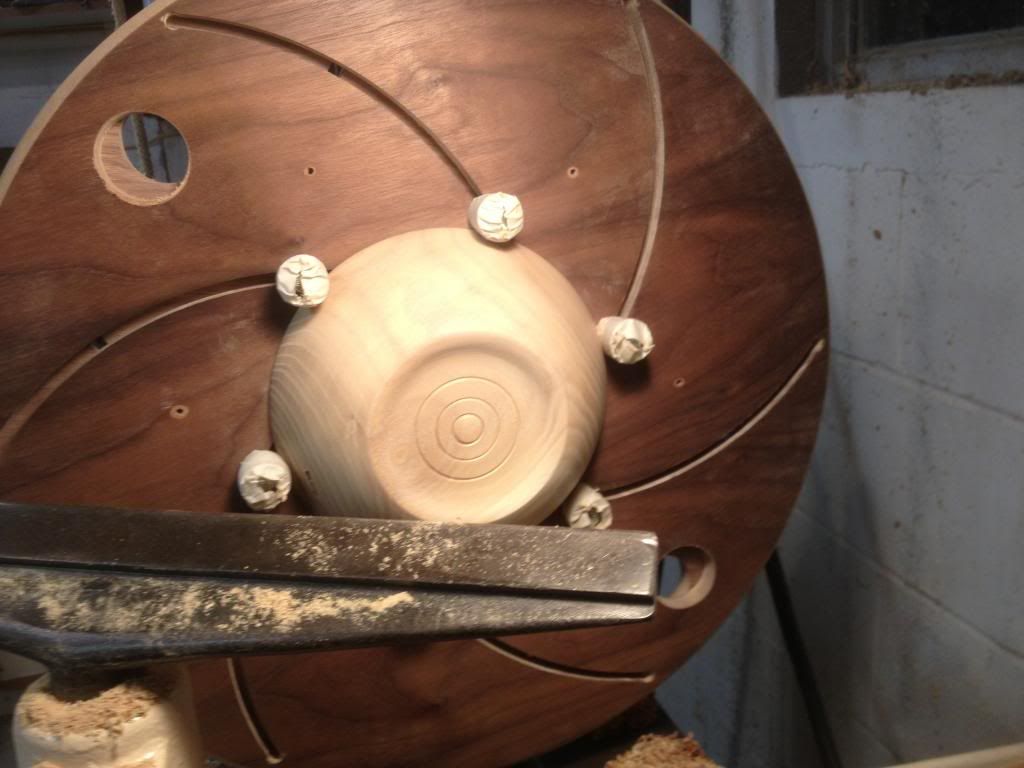
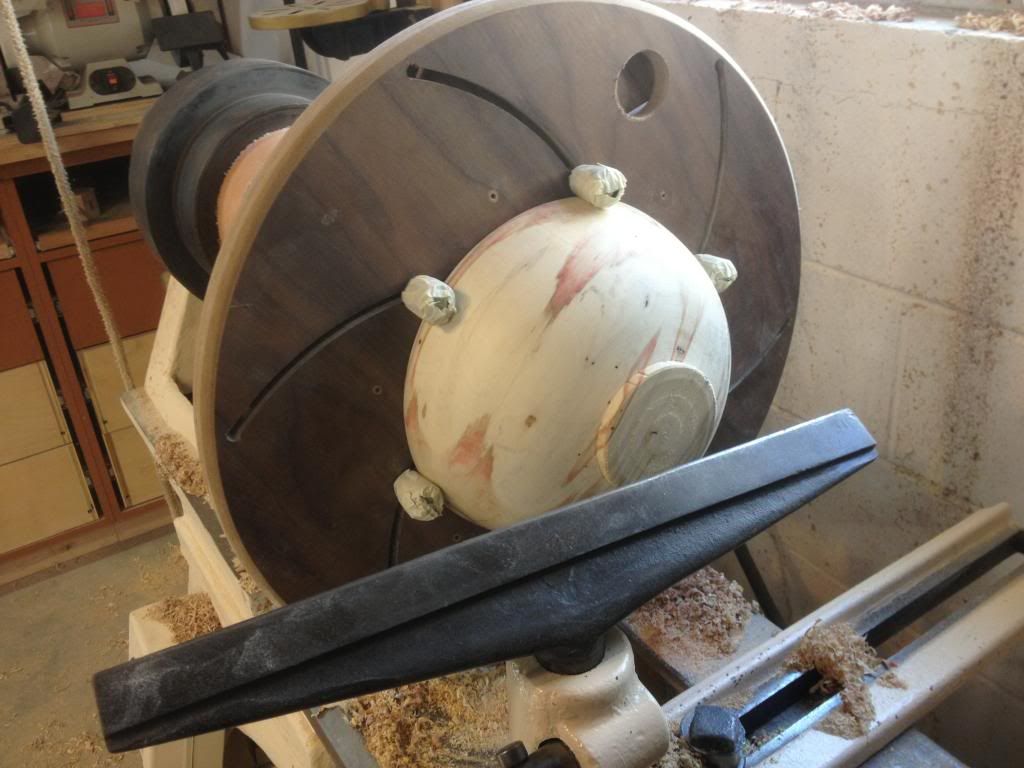

 Reply With Quote
Reply With Quote





